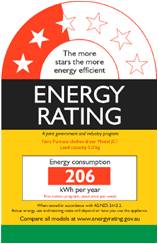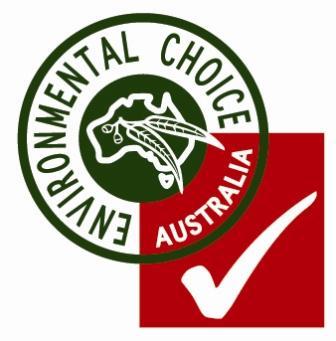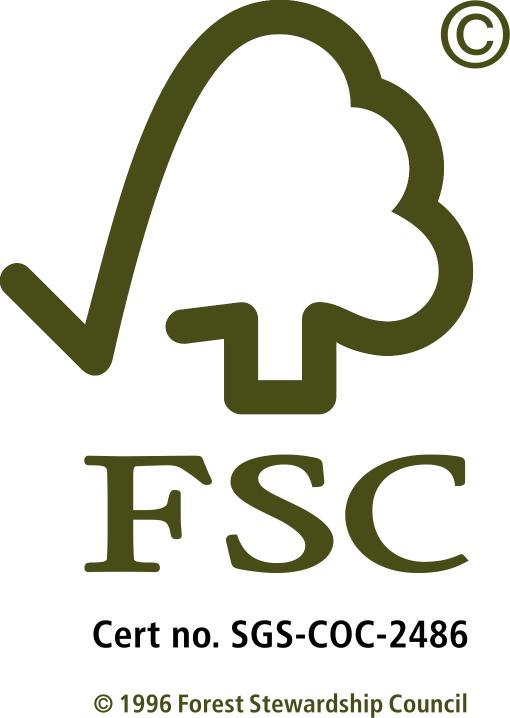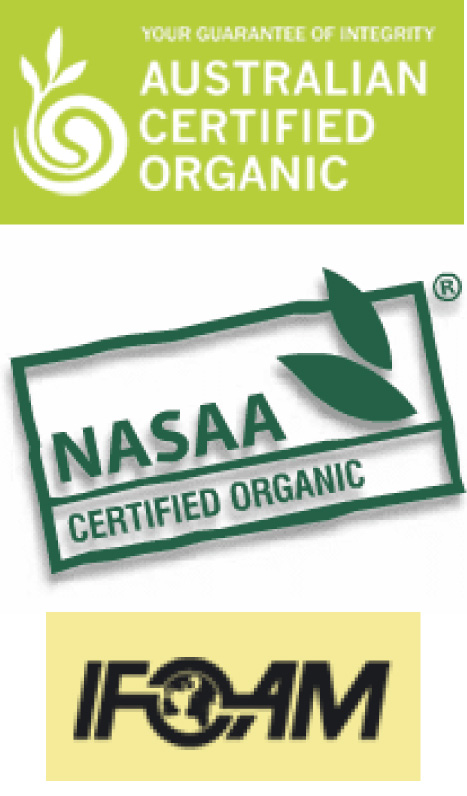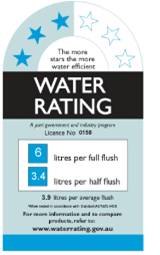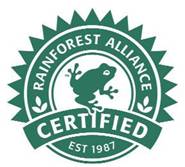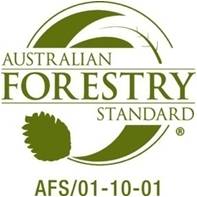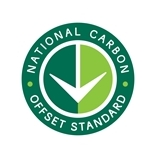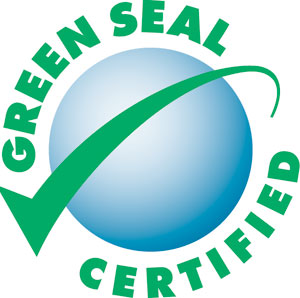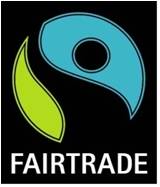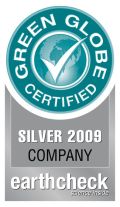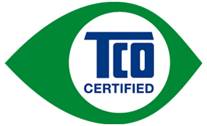As the demand for green products from organisations and consumers increases, so does the marketing value of highlighting the environmental credentials of a product. This in turn can lead to an increase in the amount of environmental product claims that are less than genuine.
Purchasers can be faced with vague, misleading, incomplete, unsubstantiated or inaccurate environmental claims. Even accurate information can be misleading when it only concentrates on a single part of a product's lifecycle.
Purchasers can be faced with vague, misleading, incomplete, unsubstantiated or inaccurate environmental claims. Even accurate information can be misleading when it only concentrates on a single part of a product's lifecycle.
These claims are commonly referred to as “greenwash”, defined by the Concise Oxford English Dictionary as “disinformation disseminated by an organisation so as to present an environmentally responsible public image”.
Greenwash is the practice of making an unsubstantiated or misleading claim about the environmental benefits of a product.
It’s a very important issue because it is undermining the confidence of purchasers regarding green products, a key driver of the growth of the market for more sustainable goods and services.
The Australian context
Other high profile greenwash incidents include Woolworths being pressured to remove a range of toilet paper and tissues from its shelves and an LG washer/dryer winning the Choice 2007 ‘Shonky’ award for greenwashing.
In the words of Graeme Samuels, Chairman of the ACCC:
In 2007 ECO-Buy reported on the Australian Competition and Consumer Commission’s (ACCC) decision to increase its scrutiny of environmental marketing claims. The ACCC’s decision to instigate court proceedings against GM Holden for its range of advertisements promoting Saab cars in 2007 underlines how important Australia’s competition watchdog thinks the issue of greenwash is.
The ACCC looks for instances of misleading and deceptive conduct under the Trade Practices Act, but they don’t rule on the environmental merits of particular products; rather on the claims made about them.
Over recent years the ACCC has investigated and taken action against a wide range of inaccurate or unsubstantiated green product claims, from air conditioners, cars and washing machines, to electricity and plastic bags.
Other high profile greenwash incidents include Woolworths being pressured to remove a range of toilet paper and tissues from its shelves and an LG washer/dryer winning the Choice 2007 ‘Shonky’ award for greenwashing.
In the words of Graeme Samuels, Chairman of the ACCC:
“… consumers are keen to embrace accredited green products, relying on the environmental benefits claimed to be associated with them. It is imperative that the basis for the claimed benefits be clear and accurate. The ACCC stands ready to take strong enforcement action when green advertisements fall short of this mark.”
ECO-Buy approach
Part of ECO-Buy’s service to its members is providing a list of genuine green products on the ECO-Find database. Listing on ECO-Find requires suppliers to provide independent verification of their environmental claims, thus creating a more valuable tool for our members and others seeking green products.
This also helps strengthen the market for green products, supporting the many suppliers whose products have genuine environmental claims, and making it harder for those suppliers relying on greenwash to build their sales.
Current Research
A good place to start is the Seven Sins of Greenwashing report.
North American company TerraChoice sends researchers into category-leading ‘big box’ retailers in the United States, Canada, the United Kingdom, and Australia with instructions to record every product making an environmental claim.
In the United States and Canada, a total of 2,2192 products making 4,996 green claims were recorded, and tested against best practice guidelines from the U.S. Federal Trade Commission, Competition Bureau of Canada, Australian Consumer and Competition Commission, and the ISO 14021 standard for environmental labelling. The results are then categorised in to the seven sins.
The report also concludes that both marketers and consumers share the problems and opportunities of green marketing.
A similar study of green food claims in Europe and the US by Consumer International also found a large number of logos and claims that were “vague, meaningless, non-transparent, lacked standards and/or third party verification.”
This report also identified that greenwash can complicate choice for consumers, thus impeding changes in “market behaviour that could positively impact on bringing about sustainable development.”
Marketing green products
There are two broad ways that suppliers can market to buyers the ‘green-ness’ of their products or services (or indeed their whole company), both of which are open to greenwashing, inadvertently or deliberately:
- Eco - labels and certification
- Self declared environmental claims
Eco labels
There are a large number of Australian and international eco labels, and the ones below are a few of those that ECO-Buy uses in assessing products to be listed on the ECO-Find database.
|
|
|
|
|
|
|
|
|
|
|
|
|
|
|
|
|
|
|
|
Genuine eco labels use recognised standards that are based on life cycle thinking and assessment, but its worth highlighting that like all such methodologies, these use a set of assumptions to underpin a modelling of ‘reality’ – shift some of these assumptions (scope, formulas etc) and the outcomes can also shift.
The key things ECO-Buy considers when assessing an eco label are:
-
Standard it is based on
-
Independence and transparency
-
Third party accreditation and verification systems
Self declared environmental claims
Self declared environmental claims have a very legitimate and valuable place in the marketplace if they are articulated in a transparent, specific and accurate way, and can be verified by a third party.
Standards
The ISO standards for environmental marketing (14020 series), which the ACCC use as a benchmark, include a wide range of principles and specific criteria for both eco labels and self declared environmental claims, including that they be:
• Accurate and non-deceptive
• Substantiated and verified
• Specific about the improvement or benefit claimed
• Specific about whether the claim relates to the product or its packaging.
Claims that make broad implications such as “environmentally friendly”, “sustainable”, “natural” or “green” are considered misleading under ISO standards, because they imply the product offers general environmental benefits yet do not qualify this.
The reality is that all products have some impact on the environment over their life cycle, so no product can offer such an unqualified environmental benefit.
Carbon neutral
‘Carbon neutral’ is another much used environmental claim, and its use should also follow the ISO principles and criteria. The ACCC has a guidance paper for consumers and marketers, Carbon Claims and the Trade Practices Act.
The Carbon Offset Guide published by Global Sustainability At RMIT and the Victorian EPA is also a good resource for understanding and assessing the claims of offset providers.
ECO-Buy only recommends the purchase of carbon offsets in the context of a carbon reduction management plan, that is, they are only a part of any strategy to deal with reducing greenhouse gas emissions.
The Victorian EPA has also developed a set of carbon management principles to guide organisations as they develop their own carbon reduction plans.
How to avoid greenwash
Robust, credible, relevant and verifiable information is the key in avoiding greenwash.
Vague and generalised claims should ring alarm bells for both purchasers and marketers alike, particularly when you cannot easily find (on the product, its packaging or the company website) information or links to information that verifies any green claims being made.
And whether it’s a self declared or logo based claim, 3rd party verification is vital.
As a purchaser, firstly you need to have an understanding of the product or category in question, either through your own research or via 3rd parties such as ECO-Buy.
The major environmental impacts of the product/category from a lifecycle perspective is the key question to answer.
Once you know this, find out what are some relevant product attributes, what are the relevant eco labels (if any) and what product alternatives might be available in the marketplace (checking with your current supplier/s is a good place to start).
As mentioned above, the green product attribute claimed needs to address the key environmental impacts of that product/category.
The one caveat here is that a product with attributes that are more peripheral to the key environmental impacts can still be considered ‘green’ when there are no comparable or competing products that do any better ie. when a little bit of green is as good as it gets for that particular category.
However, it’s a very dynamic marketplace, with new/improved products being introduced on a regular basis, which is one of the reasons why an embedded continual improvement approach to green purchasing is so important.
Otherwise you can get caught with your environmental pants down as the market moves on and you are still buying “yesterdays” not very green product.
Ultimately, genuine green products and services:
-
Are environmentally preferable to comparable or competing products or services
-
Have attributes that address their major environmental impacts
-
Based on lifecycle thinking and assessment
-
Provide 3rd party verification

